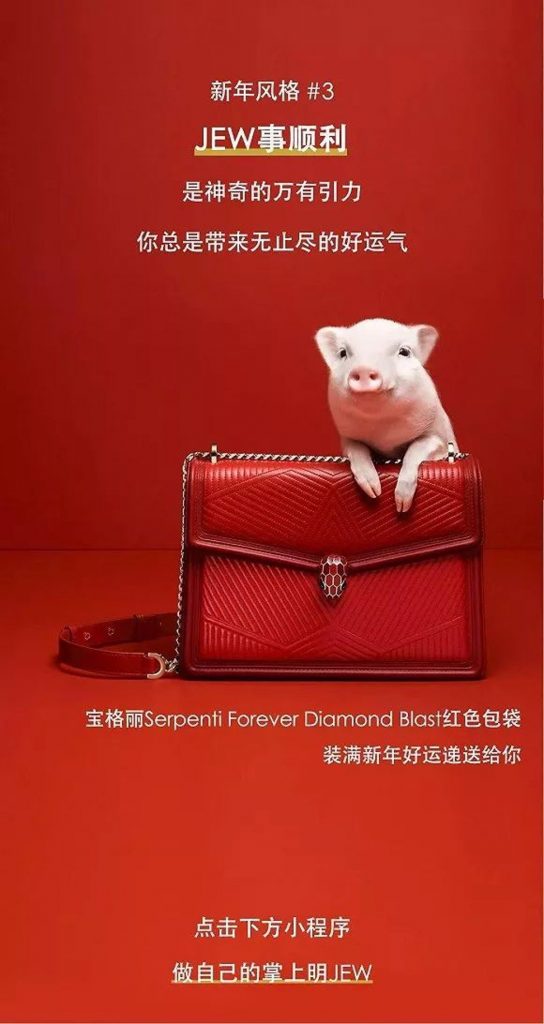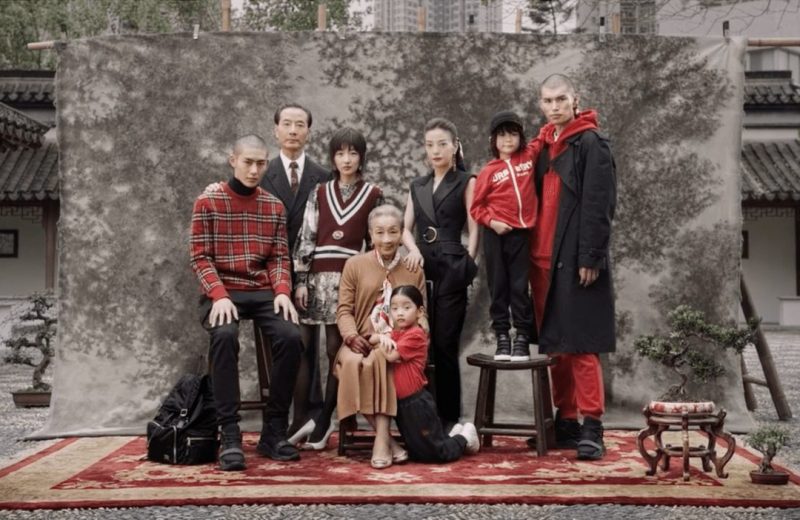This year, the Lunar New Year, one of the most significant holidays in the Asian calendar, falls on Friday, 12 February 2021. Also known as the Spring Festival, this date marks the beginning of a calendar year that follows the cycles of the moon and is the most important traditional Chinese holiday. Australian retailers should now be preparing to roll out their sales campaigns to capture the purchase of gifts in the lead up to the New Year.
Last week we discussed five top tips for retailers to incorporate into their Lunar New Year marketing strategy. This week, we apply those tips to four previous marketing campaigns aimed at the Asian market, with varying degrees of success.
This commercial focused on the gift of hongbao (red envelopes containing money). Most commonly, these gifts are given by parents and grandparents to children. Nike’s 2020 Lunar New Year commercial depicted the struggle of an aunt trying to give an envelope to her niece. As a show of respect, it is proper etiquette to kindly decline these gifts when presented, though also to eventually accept in politeness as a sign of respect. But what happens when the game is taken to another level? One child is determined to find out.
How did this work?
This campaign was particularly well received, as it showed obvious knowledge and respect towards the traditions of the New Year festivities. With this advert, Nike illustrates a funny, touching story that appealing to a wide range of demographics.

2015 saw luxury brand Burberry face controversy over a special release woollen scarf. The accessory featured the Chinese character Fu (福), meaning “blessings and prosperity”. The Burberry plaid scarf was available in three colours and priced at approximately $1,000 AUD. Unfortunately, the brand ran into some issues.

What went wrong?
It seems that not enough research went into the product prior to release. Burberry elected to eschew incorporating the new year’s zodiac animal into the product in favour of the Fu character, to allow wearability beyond the current year. However, Fu is commonly displayed upside-down to convey the meaning of “blessings and prosperity have arrived”; the words for “upside down” and “to arrive” sound similar in Mandarin. On the Burberry scarf, the character is positioned upright — missing the crucial nuance of this particular cultural element. Critics also noted that the character against the classic Burberry plaid made the scarf appear counterfeit – not the desired outcome when you purchase a luxury brand.
Prada’s campaign captured Chinese top model Chun Jin and real members of her family, recording a traditional reunion in celebration of one of the most important holidays of the year. After many months spent away, nostalgic Chun Jin is preparing to pause from mundane life, and return to her hometown in China to reconnect with her family. The brand also launched a new collection introducing new ready-to-wear clothes, bags, footwear, and accessories, in tones of the traditional Lunar New Year red.
How did this work?
The marketing campaign felt personal to the Chinese population, especially with the casting of a well-known model. The campaign really taps into the feeling of nostalgia and the importance of family that is the hallmark of the Lunar New Year. The products were also on theme for Lunar New Year – red is an auspicious colour and the line was filled with great gifts for family members.

This 2019 Year of the Pig campaign by Italian fashion-house Bulgari is notable for the fact that it offended international audiences. What started out as an attempt at witty wordplay ended up being … problematic.

What went wrong?
Do we need to explain?
The campaign featured wordplay on “JEW” as in “jewellery” which has a similar pronunciation to “Zhu” aka “Pig” in Chinese. The phonetic similarities are clever in Chinese, but the advert lasted less than 24 hours online once Bulgari realised the implications for Jewish dietary customs.
These four campaigns are great examples of how essential it is to understand your target demographic, and the research that should to go into crafting a successful promotional campaign. If you have any questions about the Lunar New Year, be it sales events or extended trading hours, feel free to phone the National Retail Association at 1800 RETAIL (738 245) and press 4.




